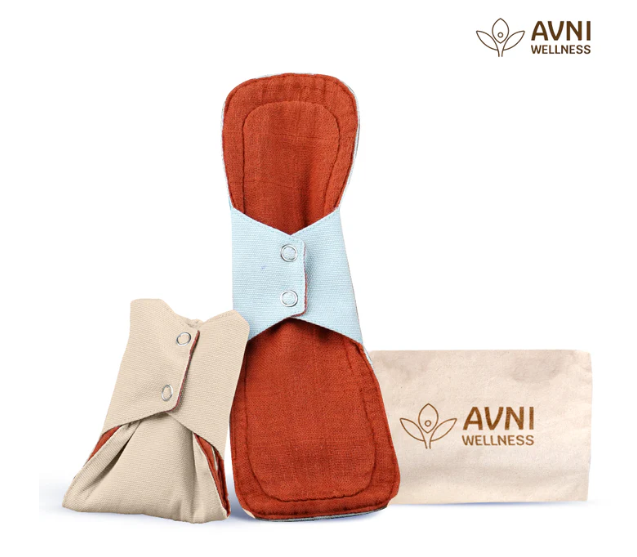Cloth Pads and Reusable Sanitary Pads: Eco-Friendly Period Care

Menstrual hygiene is an essential part of women’s health, yet it often comes at a significant cost to the environment. Disposable pads and tampons, widely used across the globe, contribute to massive amounts of non-biodegradable waste. As awareness of eco-conscious living grows, many women are turning to cloth pads and reusable sanitary pads as a sustainable alternative.
What Are Cloth Pads and Reusable Sanitary Pads?
Cloth pads are menstrual pads made from soft, absorbent fabrics like cotton, bamboo, or hemp. Unlike disposable pads, they are designed to be washed and reused multiple times. Reusable sanitary pads function similarly, offering leak-proof protection while reducing the need for single-use products. They come in various sizes and absorbencies to cater to light, moderate, and heavy flow days.
Benefits of Using Cloth and Reusable Pads
-
Environmentally Friendly
The most significant advantage of cloth pads is their positive environmental impact. By switching from disposable pads to reusable options, women can significantly reduce plastic waste, as a single woman can save hundreds of disposable pads each year. -
Cost-Effective
Though the initial investment in reusable pads may seem higher, they last for several years with proper care. Over time, this translates into considerable savings compared to the continuous purchase of disposable pads. -
Health Benefits
Cloth pads are made from natural, chemical-free fabrics, reducing the risk of rashes, irritation, or infections. Many disposable pads contain synthetic materials, fragrances, and chemicals that may cause skin sensitivity. -
Comfort and Breathability
The soft fabrics used in cloth pads allow better air circulation, keeping you more comfortable throughout the day. They are gentle on the skin and can be customized for maximum comfort.
How to Use and Maintain Cloth Pads
Using cloth pads is simple. After wearing, rinse the pad in cold water to remove blood, then wash it with mild detergent. Avoid using harsh chemicals or bleach, as they can damage the fabric. Once cleaned, air dry the pad under sunlight to maintain hygiene and prevent odor. Proper care ensures that reusable pads can last for several years while staying safe and effective.
Choosing the Right Reusable Pad
When selecting cloth pads, consider the absorbency, size, and fabric type. Some pads have wings with snaps to secure them in place, while others rely on a simple slip-in design. Bamboo and cotton pads are highly absorbent and eco-friendly, whereas some brands offer extra layers for heavy flow days.
Conclusion
Switching to cloth pads and reusable sanitary pads is not just a step toward better personal health, but also a conscious decision to reduce environmental impact. With comfort, safety, and sustainability in mind, reusable pads are quickly becoming a preferred choice for modern women. Making the shift today ensures cleaner periods and a healthier planet for tomorrow.
- AI
- Vitamins
- Health
- Admin/office jobs
- News
- Art
- Causes
- Crafts
- Dance
- Drinks
- Film
- Fitness
- Food
- Spiele
- Gardening
- Health
- Startseite
- Literature
- Music
- Networking
- Andere
- Party
- Religion
- Shopping
- Sports
- Theater
- Wellness


